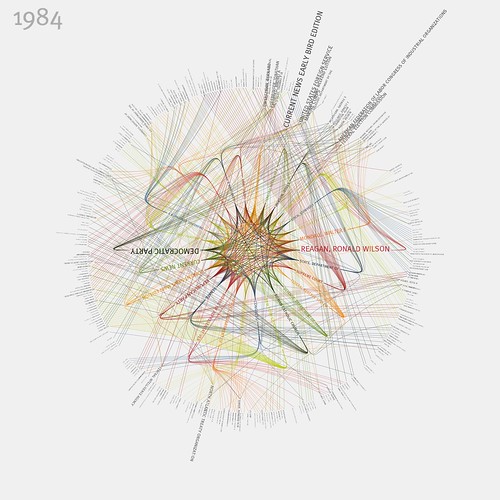Roll Your Own Rosling-esque Statistical Visualizations
It’s a statistical certainty that you watched Hans Rosling’s extraordinary information visualization presentation, from back when TED talks were cool. If not, you should certainly watch it below, as well as all the triumphant sequels.
And now, courtesy of Google, an experimental interface for rolling your own Rosling-esque statistical displays. Below is one of the examples they offer, slightly customized by me, but you can start from scratch and cook up anything you want from the datasets they have on hand.
The interface for assigning variables to axes and symbolism is fantastic. It’s reminds me of the Hectares BC approach. (Which reminds me in turn of the wonderful and neglected JMP exploratory stats package.) Complicated interfaces are great when you know what you want and want to be able to get it no matter how complicated it is, but a simpler interface allows for faster experimentation.
I hope they expand the amount of data, and I’m sure they will. I also hope they allow for cross-tabbing data from disparate data sets: for now you can only correlate numbers from the World Development Indicators with other WDI numbers, for instance.
We’re increasingly seeing numerical and geographical information displays which explicitly incorporate time, and Google is a big part of that. I’m a big fan of that trend towards explicit temporality — it helps take the focus off stocks and onto flows, and makes casually it clear that baselines really do shift.
